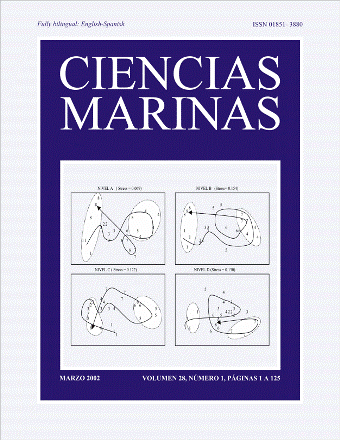Least squares data fitting
Main Article Content
Abstract
It is desired to represent, as good as possible, a series of data by means of certain functions with free parameters. "As good as possible" means that these parameters ara chosen so that the residuals, the difference between data and fitting functions, be as small as it is feasible. Our objective is not limited to finding the parameters of the best fit, but we also wish to know something about their uncertainties, this is, how well they are determined, given the errors of the original data as well as the imperfection of the fitting. Finally, supposing that we use the parameters of the fit in the calculation of other variables, we also want to have an estimation of the uncertainties of the latter. In order to do that, we imagine basic properties, wich we call "hypothesis", and then proceed from there with mathematical rigor. It is not superfluous to remember that the conclusions at wich we arrive depende on the hyphotheses done throughout the way, including the idea that useful information can be extracted from a least squares fit, of those data by these functions.
Downloads
Article Details
This is an open access article distributed under a Creative Commons Attribution 4.0 License, which allows you to share and adapt the work, as long as you give appropriate credit to the original author(s) and the source, provide a link to the Creative Commons license, and indicate if changes were made. Figures, tables and other elements in the article are included in the article’s CC BY 4.0 license, unless otherwise indicated. The journal title is protected by copyrights and not subject to this license. Full license deed can be viewed here.

